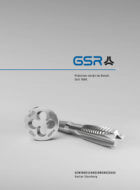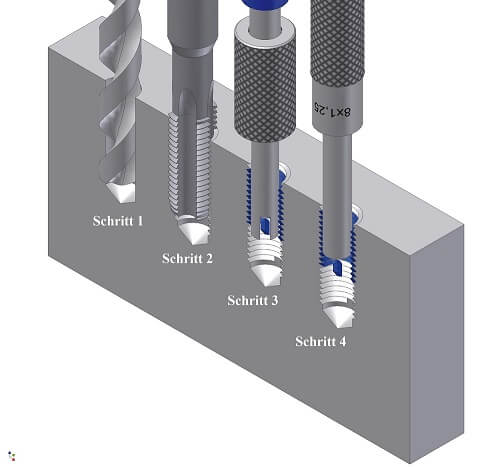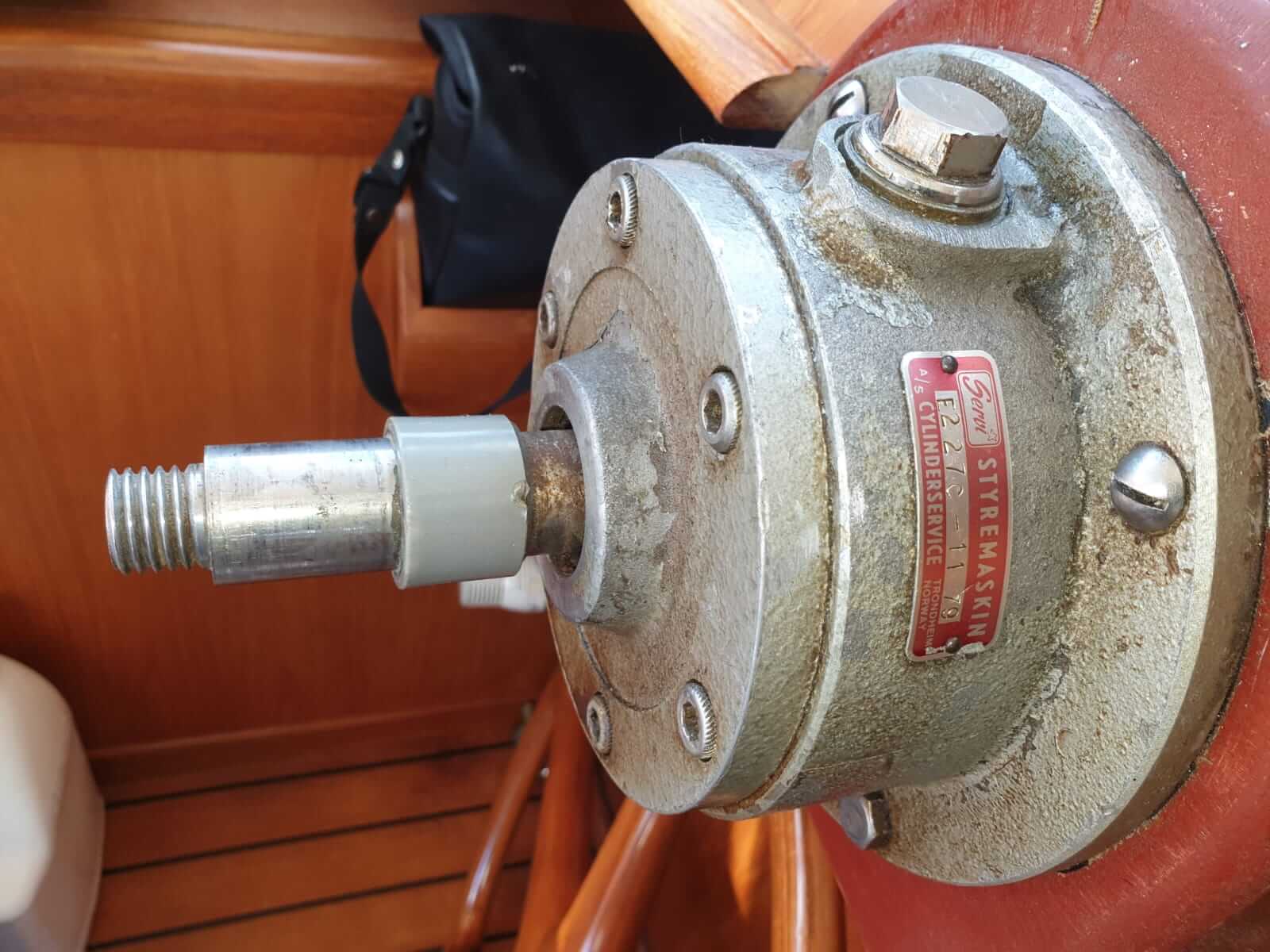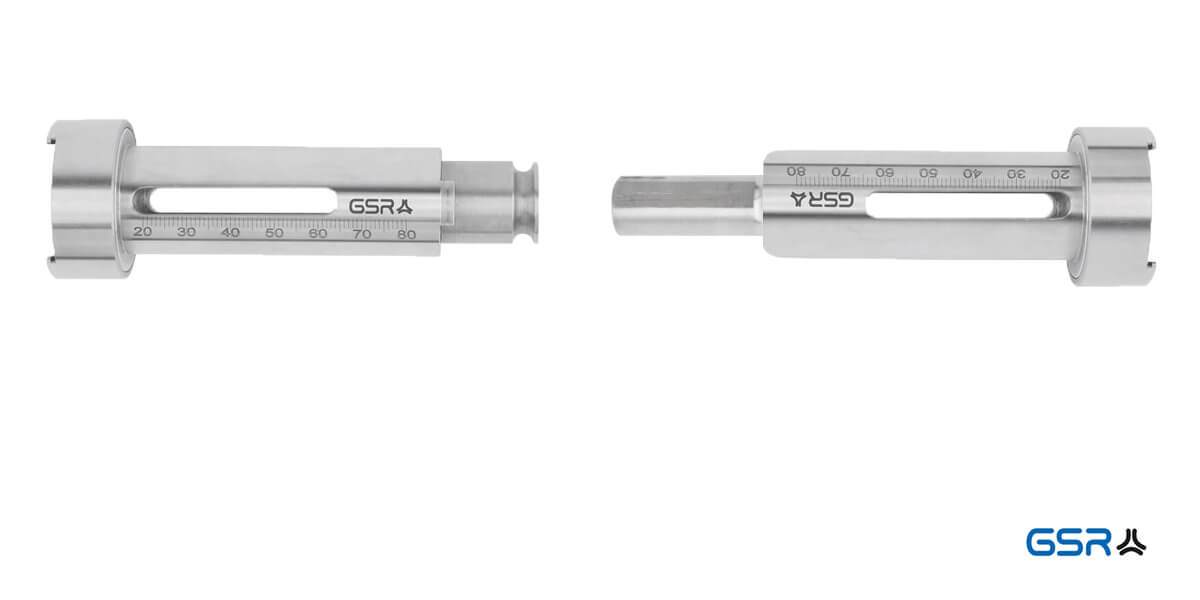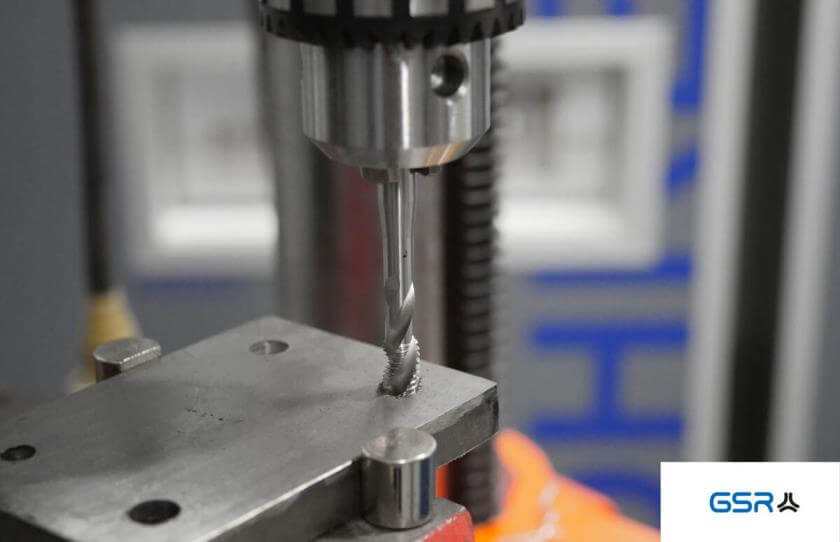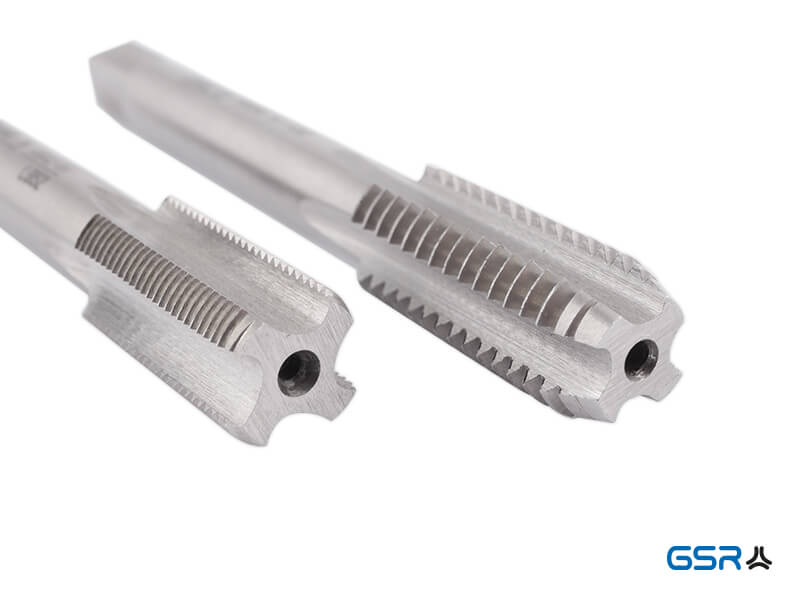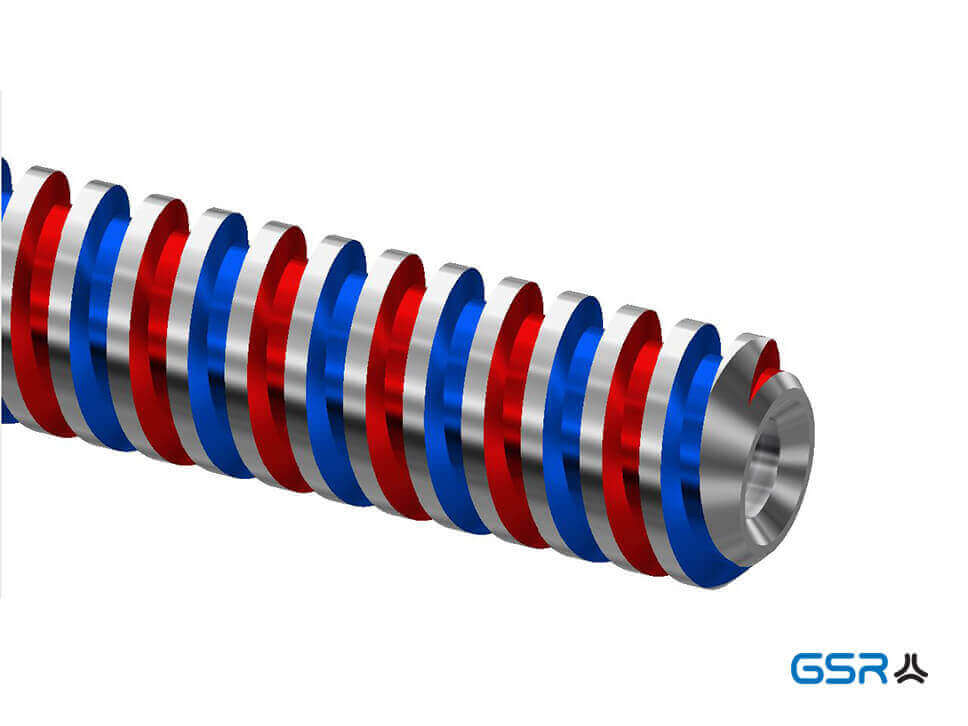After “very tight” comes “completely off”: How to tighten screws properly!
Bolted connections are detachable and restorable connections with high temperature resistance. If these elementary advantages of screw connections did not exist, one could simply glue or weld everything together.
A screw is a bolt with an external thread and a screw head. The counter thread is an internal thread in a nut (see nut tap) or in the corresponding counter material. Internal and external threads are manufactured in such a way (see tolerance class/standardisation) that they usually fit together.

The screws of a screw connection must be tightened so that the connection does not loosen even when vibrations occur. But: overtightening the screw can damage the internal thread in the counter material or the screw itself.
The right force when tightening a screw
How can you find the right measure now? Vague statements such as finger-tight or hand-tight are subjectively determined by the sensitivity of the respective person who screws and is not repeatable to the same extent. For example, if several screws hold a workpiece together, it makes sense to tighten the screws with the same force to achieve an even load distribution.
Let us first look at the forces that play a role in a screwdriving process. The thread converts a rotary movement into a longitudinal movement. This requires a certain force to overcome the frictional resistance of the thread. If the head of the screw is then in contact, this frictional resistance is added. Now the longitudinal force is applied to the thread connection and the screw is stretched, resulting in the so-called pretensioning force, which becomes the clamping force.
If the torque is too low, the clamping force is too low and the screw loosens. If the torque is too high, the force on the screw, thread or counter material becomes too great, then damage occurs, especially with counter materials in lightweight construction (aluminium and plastic) because of the lower tensile strength. Or with sensitive components such as semiconductor-equipped circuit boards in microelectronics.
Tightening the screw to the correct torque is decisive for a good screw connection.
The torque
What is torque? Torque is the amount of force acting in a certain direction in combination with the distance to the line of action of the axis of rotation. An example: You press with your hand against a scale. The scale shows 10 kg. This is the amount of force. Now you take a wrench and tighten a screw with this force. This is the direction of the force. The distance from the axis of rotation of the screw to the end of the wrench is the distance of the line of action. There are different torques in mechanics. This torque is called tightening torque. The unit is N m for Newton meter
We now know that we have to tighten the screw to a certain torque. Two questions remain: what torque do we need for which screw connection and how do we get exactly this tightening torque to the screw?
What torque will be required?
The tightening torque is determined by the specifications of the manufacturers of the products that are being bolted. Such specifications can typically be found in assembly instructions. For example: Panasonic defines the tightening torque for a suspension device of an LCD projector in the safety rules for mounting.
There it is stated that the screws M 4 x 0.7 should be tightened with a torque of 1.25 +- 0.2 N m.
The screw manufacturers also offer tables with information on the tightening torques. Please note that the screws are divided into strength classes with differences in tensile strength and yield strength. Here you should gather the relevant information before you start screwing.
The right tool with torque
Once you have defined the torques, you can fall back on a tool where you can preset the desired torque. There are torque wrenches, torque screwdrivers and torque adapters. With the right tool and the right torque specifications, you will produce a screw connection that permanently fulfils your purpose and saves you the need for costly thread repair.





